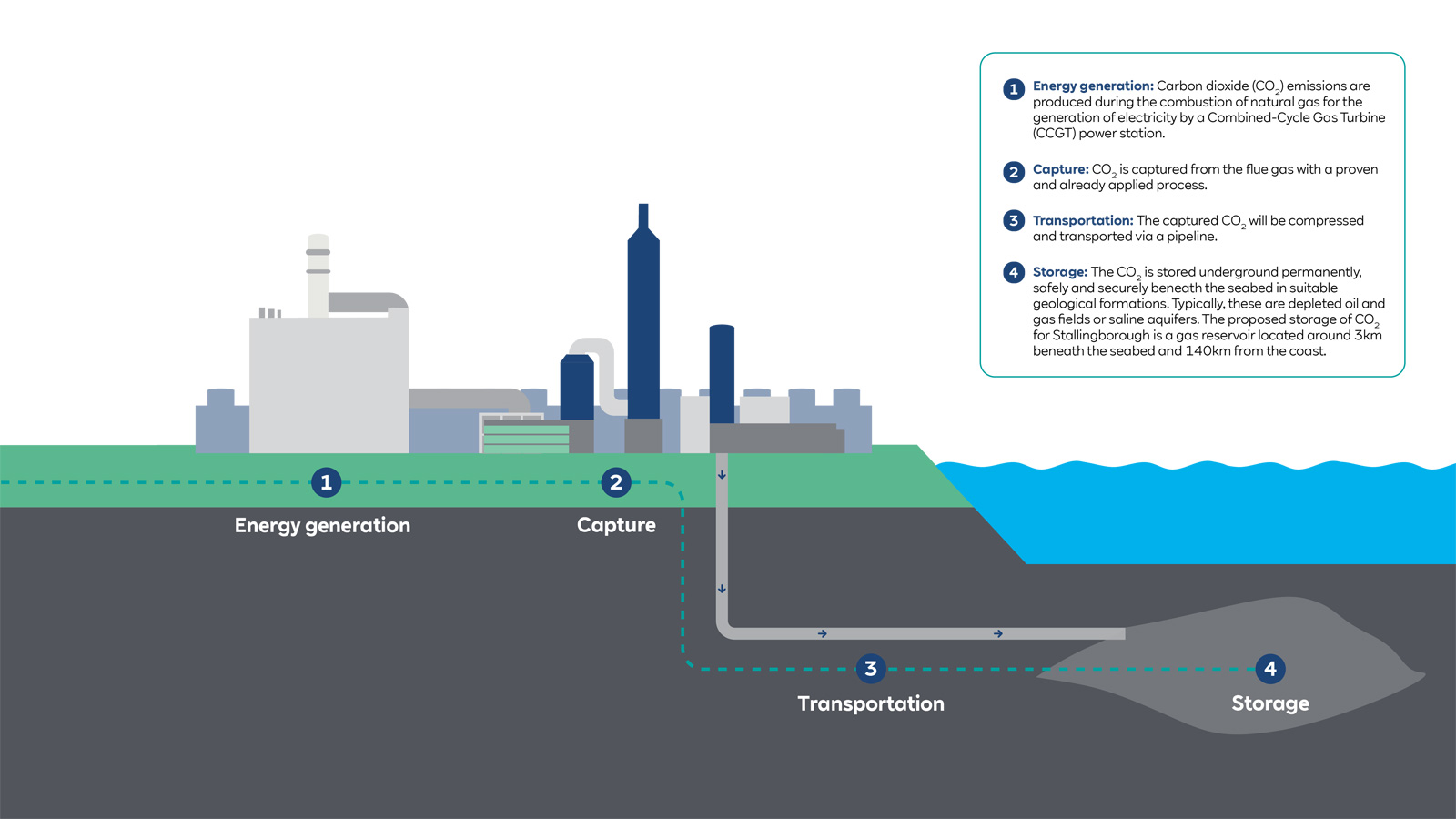The proposed site located on Hobson Way, near Stallingborough is along the industrial area of the South Humber Bank. The site is within an area that is allocated for industrial development. It benefits from a number of key attributes which strategically support energy development at this location:
- A region with a great history of industrial and energy generation with the local skills and expertise to support the site.
- Lies within the Humber Industrial Cluster Plan area (www.humberindustrialclusterplan.org)
- Close to natural gas and electricity connections
- Close proximity to a water supply for cooling purposes
- 4km from the Port of Immingham to assist with deliveries of plant and equipment during construction for minimal disruption
- Close to proposed carbon transportation pipeline
- Ideal topography and ground conditions for construction



